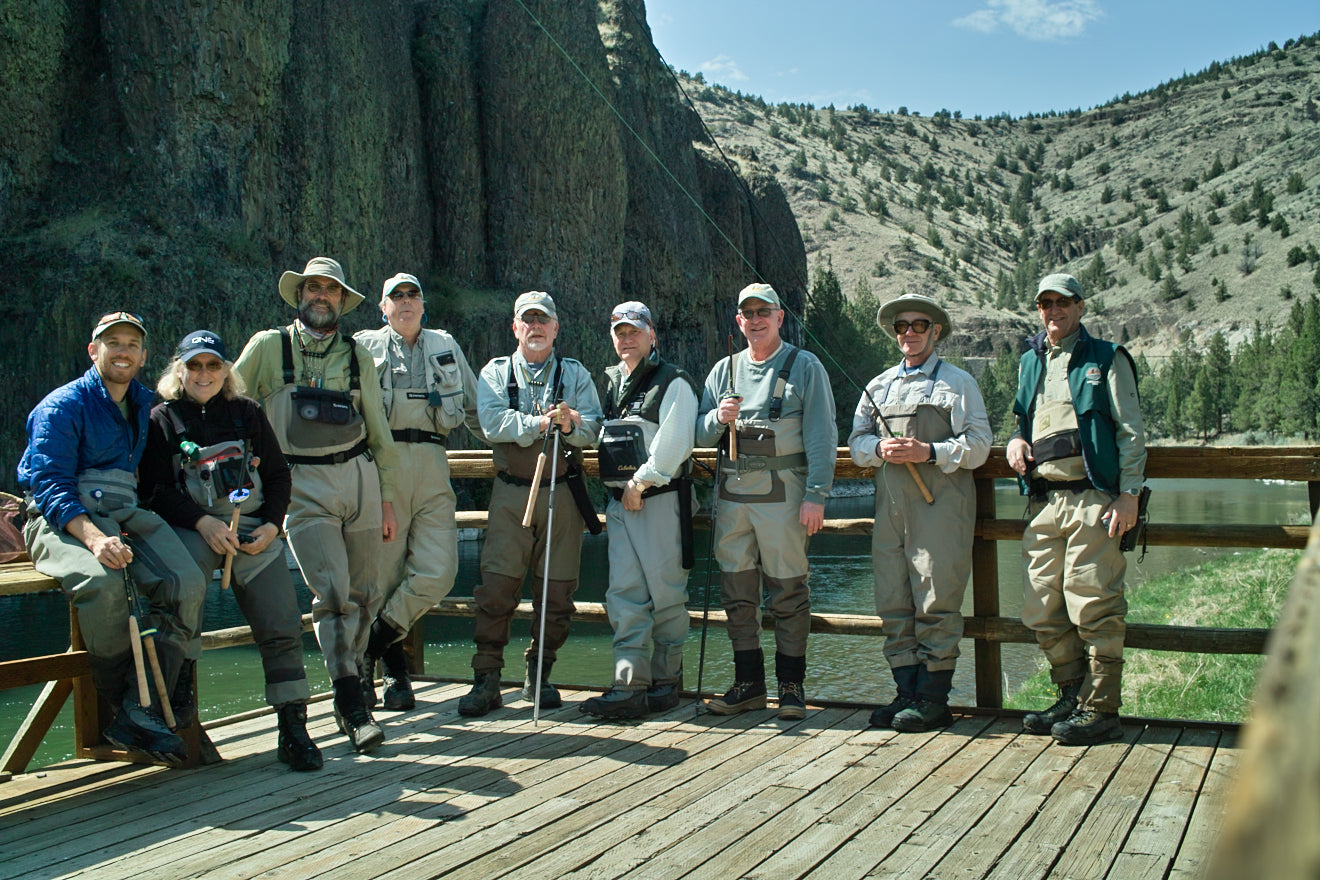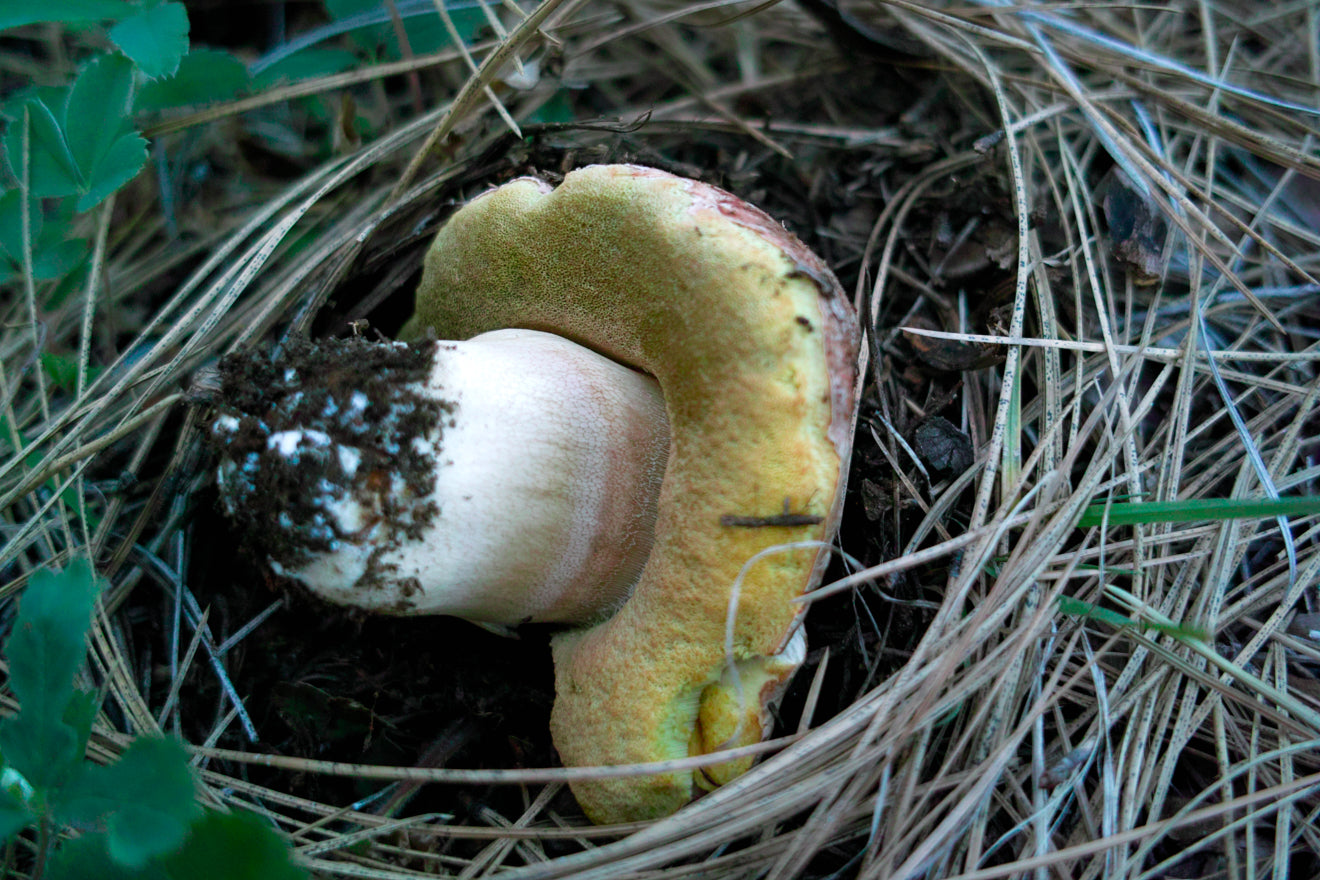Oregon has some truly overlooked, yet world-class tenkara waters! As I mentioned on my last post, I had been invited to come speak in Bend, Oregon and decided to stay for a week and enjoy my time here.
The day after my presentation I was joined by eight folks from the Central Oregon Fly Fishers club for a day on the Crooked River. Only one person already had experience with tenkara, and the group's interest for the method was contagious. It made for a very enjoyable day on the water.
One of the best things about these gathering is how much I get to digest what I have learned of tenkara by explaining and perhaps defending it. A simple question, like "how would you approach this section?", or "what technique would you use here?" turns into an opportunity to learn more about why I do what I do in some situations.
At one occasion someone asked me what technique I would use. I proceeded to explain that this section of the river was a bit slower looking and bare of structure on the surface, but below the surface we could see some large rocks. Much like large boulders sticking above the surface provide for a place for fish to hold in front of and behind, so do rocks below the surface. So, my suggestion was that we try drifting the fly and pausing it for a second, approximately in front of the larger rocks we could see. And, to do this with the rod tip facing down (elbow high up for more control), and introducing a bit of slack between the drift and the eventual pause as it was a relatively deep section. And, sure enough my demonstration ended with a fish on the hook. Demonstrations of fishing techniques are never so good without a fish being caught.
After finishing the group clinic I really wasn't sure where to go next. I had a couple more days of travelling to go. But, every since arriving in the state I had been hearing of the Metolius River, often by way of "you HAVE to go fish the Metolius!". And, so, though I have to go fish the Metolius. I am sure glad I did. As I had been told it is a gorgeous river.
The Metolius is a spring river, that's right, not a spring creek, but a river. The water comes out of the source flowing as fast as any river, and you get to see where it originates. For miles downstream it is incredibly clear water, with lots of features. Probably my favorite combination of things in a river: features, super clear water, and renowned challenging fishing.
A river known to be challenging is to me an invitation to refine technique. Every single time I have been told that, "you have to use a 'whatever' fly to catch fish", I have taken it as a challenge to see what tenkara can and can't do. At the moment I still have a strong conviction that I can learn how to fish my one fly in any situation, and the Metolius proved to be the same, with a good score of fish caught on either the Amano kebari, or the Ishigaki kebari. Tenkara is a tool made for the Metolius river, where the fish seemed to be very easily spooked an the long reach of the rods and accurate placement of the fly with no line splashing the water was a great asset.
My trip approached its end with some foraging.
As I walked to the river one day I noticed an older man foraging for mushrooms. Mushroom picking is an interest I have had for a long time but never dared trying. I asked him if he could tell me more about these mushrooms and he taught me how to identify the Bolete mushrooms, which are relatively easy in that area as there are no poisonous look-alikes.
The good thing about showing a beginner how to fly-fish is that he either catches a fish, or he doesn't. But, if he catches a fish it will be a whole fish. As I prepared for my initiation in the world of mushroom foraging, I was first struck at first by how hard it was. I couldn't find a mushroom for the longest time. And, when I did find one, almost 1/3 of it had been eaten by a deer! If you are starting in fly-fishing, rest assured your first trout will be a whole one, not a meager 2/3 of one.
Regardless, I was thrilled to have found one. Took it with me and that night decided to have a vegetarian meal, the mushroom making up my main course: noodles with mushroom. Yes, all fish were released on purpose.
And, then, as I started the long 10+ hour drive home, I remembered Masako (Dave Hughe's wife) telling me that there are warabi here in the US. Warabi, also known as bracken fern, is a mountain vegetable I came to really like when spending time in Japan. A big part of the enjoyment is in the finding it and the picking of it, but I also love the flavor. And, so I planned my route home with warabi in mind.
I knew that one area on HWY 126 would go to higher elevations and was also very humid, with old-growth forests. That would probably be my best chance to find warabi at this time of the year. As luck would have, I found the warabi I had missed over the last year and picked 4lbs of it.
After a week on the road, it is good to be back home. Tonight, Margaret cooked for me, and warabi was a big part of our dinner.






